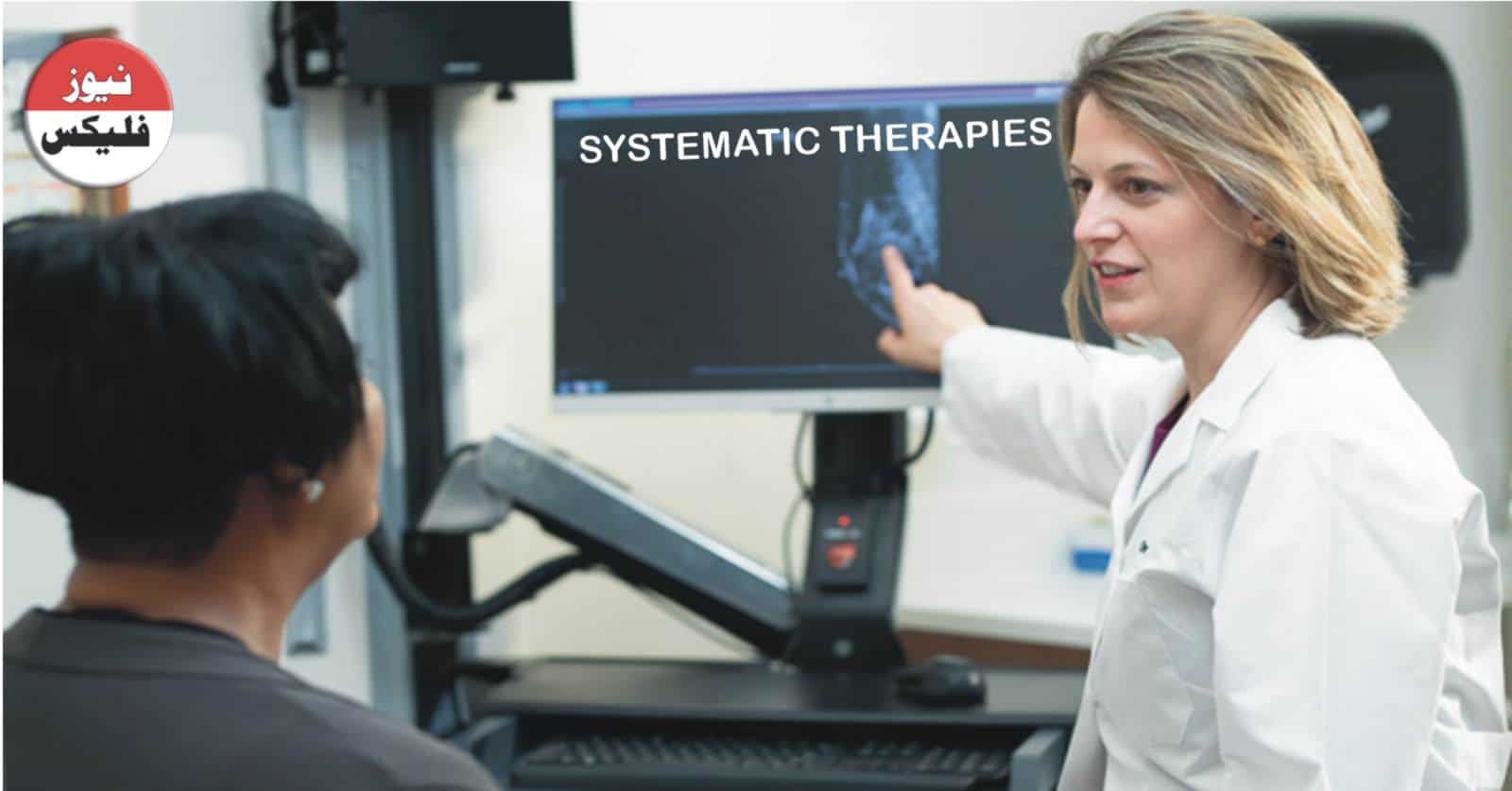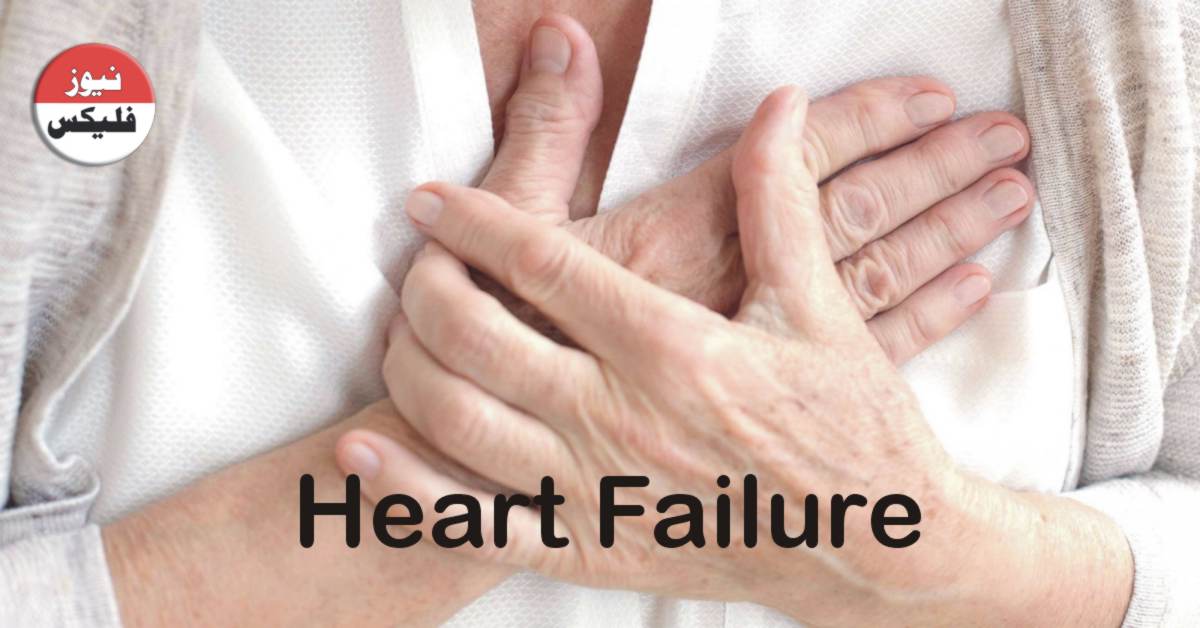
General information is provide here with disease-specific details given later on.
Antibiotics
Antibiotics are generally used for their anti-inffective properties, particularly for staphylococcal and strepto-coccal skin infections. In these indications the correct antibiotics should be selected based on bacterial sensitibe-ity and patient factors. As examples, oral flucloxacillin may be indicated for infected eczema, intravenous benzyL penicillin and flucloxacillin for cellulitis, and erythromycin for a patient with a staphylococcal carbun-cle who is penicillin-allergic. Optimal therapeutic doses and courses must be chosen .Several antibiotics such as tetracyclines, erythromycin and trimethoprim, can be used for their anti-inflammatory effects in indications like acne vulgaris, bullous pemphigoid and pyoderma gangrenosum.Oxytetracycline is commonly given for acne but must be taken on an empty stomach, in a dose of up to 1.5 g a day . it has a good safety profile, even with long-term use.Lymecycline is an alternative and is taken one daily, with or without food, thereby improve-ing compliance. Doxycycline is another option but commonly cases photosensitivity. Minocycline may be given but with caution as it can cause hyperpigmenta-tion, autoimmune hepatitis and dru-induced lupus, and monitoring is required.

Hormonal treatments
In women with acne, oestrogen-containing oral contra-ceptives can be useful adjunct, as they are associated with a small reduction in sebum production. Combined oestrogens and anti-androgen(such as cyproterone acetate) contraceptives can also be effective for particularly in women with acne and hirsutism, as seen in polycystic ovary syndrome.

Video Source:Youtube
Antifungals
The azoles(Ketoconazole, miconazole), triazoles (itraco-nazole, fluconazole) and triallylamines( terbinafine) are used most widely in fungal skin disease.Topical or sys-temic use is based on clinical presentation. For example dermatophyte nail infection requires prolonged oral ter-binafine whereas as isolated patch of tinea corporis will response repaidly to topical treatment.
Antivirals
Systemic antivirals and indicated for significant viral skin disease. For example, systemic aciclovir is given for eczema herpeticum.
Antihistamines
A range of H1 and H2 antagonist are used in dermatology. For diseases in which histamine in the skin is rel-evant (such as urticaria), non-sedating antihistamines should be given; for example, fexofenadine or cetirizine.For pruritic conditions such as eczema, the sedating effect of antihistamines like hydroxyzine is important. Leukotriene receptor antagonists, such as montelukast, may be added to antihistamines régimes.
Retinoids
Oral retionoids are widely used in a range of conditions , including acne, psoriasis and other keratinisation disorders. They have several functions, including promotion of differentiation, reduction in hyperkeratosis, sebum production and propionibacterium acnes, and anti-inflammatory effects. Isotretinoin (13-cis-retinoic acid)is commonly given for moderate or severe acne, at a dose of 0•5-1 mg|Kg over 4 months .Low-Dose continuous isotretinoin may also be used for longer period.Acitre-tin can be effective in psoriasis and other keratinisation .disorders, such as ichthyosis,as can alitretinoin (9-cis-retinoic acid) in hand and foot eczema, and bexarotene in cutaneous T-cell lymphoma.
Retinoids side-effects include drying of the skin and mucous membranes, abnormalities in liver function or hepatitis, and increase the serum triglycerides (levels should be checked before and during therapy). Depression and suicide have been reported in Association with isotretinoin , although a causal role has not been establish .However, pre-drug screening for depressive symptoms should be undertaken. Alitretinoin and bex-arotene can cause hyperthyroidism. Systemic Retinoids are teratogenic: female must have a negative pregnancy test before, during and after therapy. Pregnancy must be avoided 2 months after isotretinoin, but 2 years after acitretin, due to difference in drug disposition.








